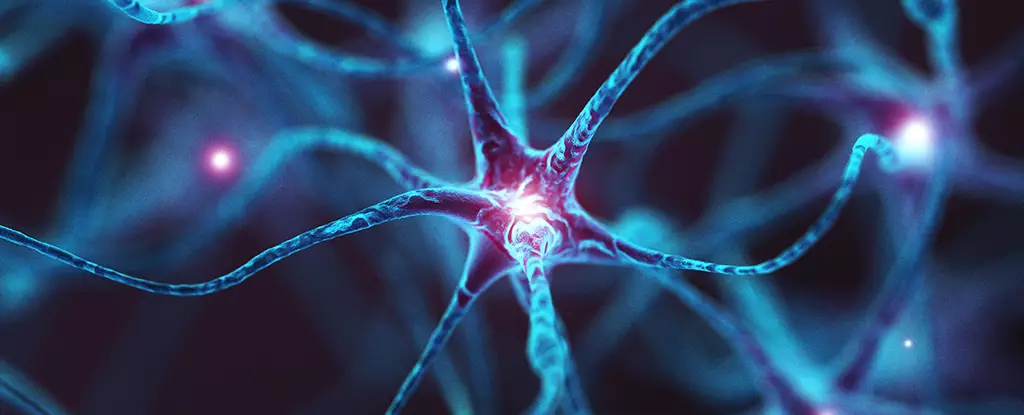Recent research has uncovered a potential breakthrough in understanding Alzheimer’s disease by shedding light on a key brain process involving the proteins contactin-4 (CNTN4) and amyloid precursor protein (APP). These proteins are thought to play important roles in neuronal network formation and the production of amyloid-beta peptides, which are known to form plaques in the brains of individuals with Alzheimer’s disease.
The Role of CNTN4 in Neural Elongation
The study, conducted on mice by an international team of researchers, demonstrated that the interaction between CNTN4 and APP is crucial for the process of neural elongation. Neural elongation is essential for the proper growth and connection of neurons in the brain. When the gene responsible for producing CNTN4 was disabled in the motor cortex of mice, the neurons in that region did not develop normally, indicating the importance of CNTN4 in neural elongation.
Further investigation using human cells grown in the lab revealed a complex relationship between CNTN4 and APP. Disabling the production of CNTN4 led to a decrease in the levels of APP, suggesting that these proteins may compensate for each other to some extent. This finding highlights the intricate interplay between different biological processes in the brain and their potential implications for neurodegenerative diseases like Alzheimer’s.
The discovery of the relationship between CNTN4 and APP opens up new avenues for research into the underlying mechanisms of Alzheimer’s disease and other neurodegenerative disorders. Understanding how these proteins interact with each other and impact neural activity could provide valuable insights for developing targeted treatments or preventive measures for these diseases.
Each new piece of information about the biological processes involved in Alzheimer’s disease helps researchers put together a clearer picture of how the condition develops and progresses. The connection between CNTN4 and APP represents another significant piece of the puzzle, offering researchers a deeper understanding of the complex molecular pathways involved in neurodegenerative diseases.
Looking Ahead
As the team of researchers behind the study looks to the future, they plan to delve deeper into the CNTN4-APP relationship to unravel the specifics of how these molecules interact and how this interaction influences both Alzheimer’s disease and autism. By clarifying the mechanisms underlying this relationship, researchers hope to uncover new opportunities for developing targeted therapies and interventions for these debilitating conditions.
The emerging research on the role of CNTN4 and APP in brain function and neurodegenerative diseases like Alzheimer’s holds significant promise for advancing our understanding of these complex conditions. By continuing to explore the intricate connections between different biological processes in the brain, researchers may ultimately unlock new approaches to diagnosing, treating, and potentially preventing Alzheimer’s disease and other related disorders.



Leave a Reply